Building the Station - Princess Elisabeth Antarctica Research Station (original) (raw)
Just like Rome, the Princess Elisabeth Station was not built in a day. Over the course of several seasons, the IPF team surveyed various sites, selected an appropriate building site, and consequently set to building the Princess Elisabeth Station on top of Utsteinen Nunatak.
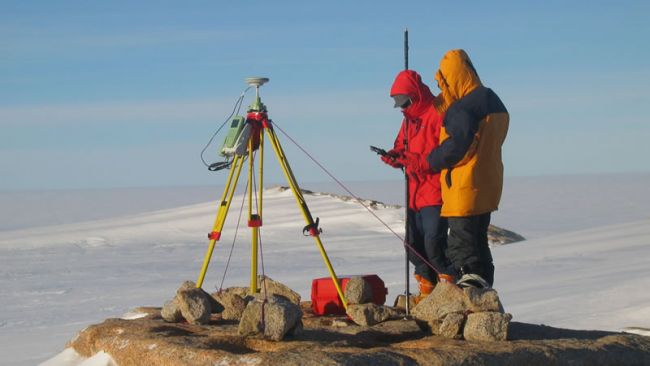
BELARE 2004: Topographic Survey
Utsteinen Nunatak was eventually selected as the building site for the Princess Elisabeth Station because of the ability it offered to anchor the station on a granite ridge that would naturally prevent snow accumulation, while allowing the station to rely solely on wind and solar energy for electricity. At only 200km from the coast, the location of the site allows for efficient logistics, while offering easy access to a wide variety of research environments.
Next to this topographic survey in Antarctica, the team installed an Automatic Weather Station (AWS) with a satellite link to collect precise meteorological data on the selected area.
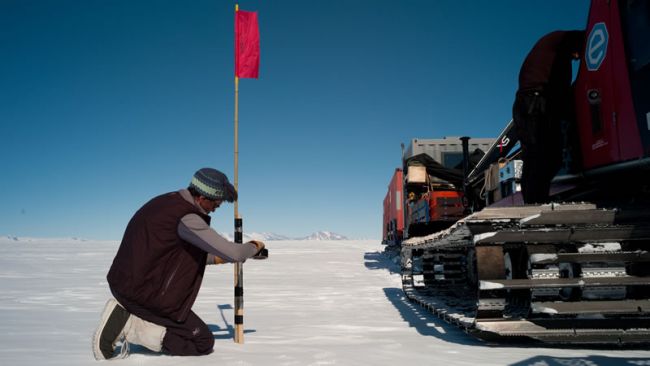
BELARE 2005: Logistics Survey
The building materials and all the tools and machinery necessary for the building of the Princess Elisabeth Antarctica all had to be shipped to Antarctica, where they still needed to be hauled all the way from the coast to the building site at Utsteinen, 200km inland.
All along the way, the team marked out a safe route with a series of bamboo beacons. Over the course of the various building seasons, the team would follow the same road to and from the coast to transport the supplies that were shipped in.
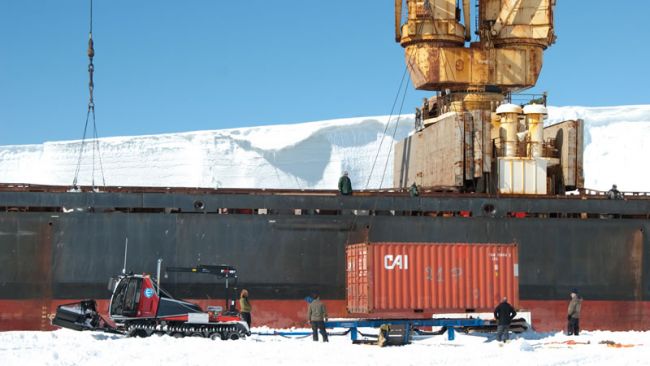
BELARE 2006: First Shipment
The containers that were shipped to Antarctica held one of the wind turbines that would later become instrumental in providing the Princess Elisabeth Station with its clean energy, helping it on its way to “zero emission”.
One the various wind turbines (there would eventually be nine) was installed along the ridge and thoroughly tested to see if requirements in terms of energy production and resilience were indeed met.
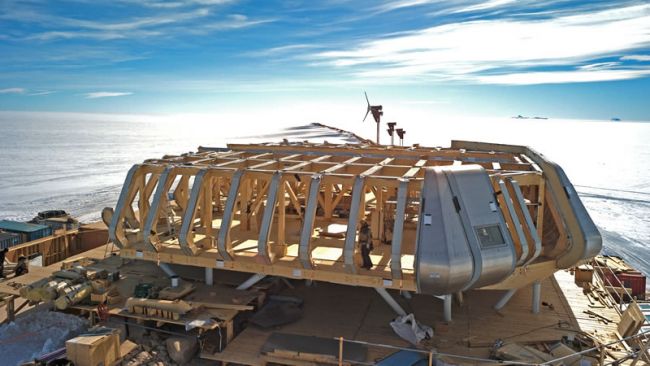
BELARE 2007: Main Construction Phase
After building the anchoring structure of the station atop Utsteinen Ridge and the technical areas, the building team welcomed a series of new members for the assembly of the outer structure of Princess Elisabeth Antarctica. The various parts for the station were first shipped to Antarctica before being hauled to the building site.
By the end of the season, the team had assembled the external structure of the station, making it air and water tight before flying out of Antarctica for the winter.
Building Princess Elisabeth: a short movie
Images: MDW Productions / Soundtrack: TAGEO
Building the Station: Main Steps
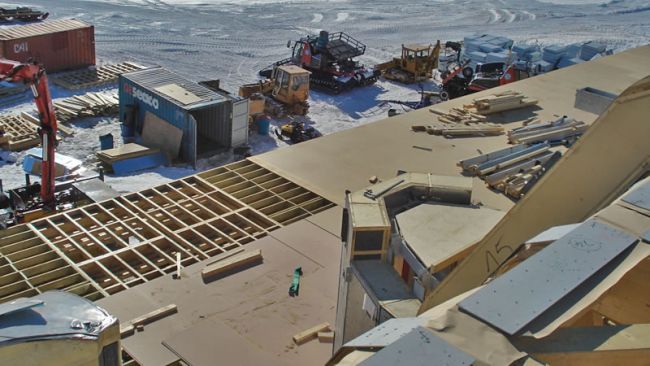
Technical Areas
The first part of the Princess Elisabeth Station to be built, the technical areas at the foot of Utsteinen Nunatak, were erected as both garages and a workshop. This space is were every single piece of machinery is checked and repaired before being cleared for further use.
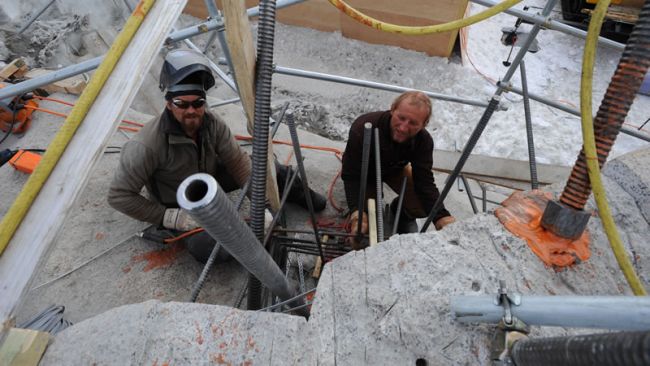
Anchoring
The anchoring was the first, and utmost crucial, part of the station construction. While more than a couple of drill heads broke due to the hardness of the granite, the team managed to build the entire anchoring with great precision in time for the modules to be assembled.
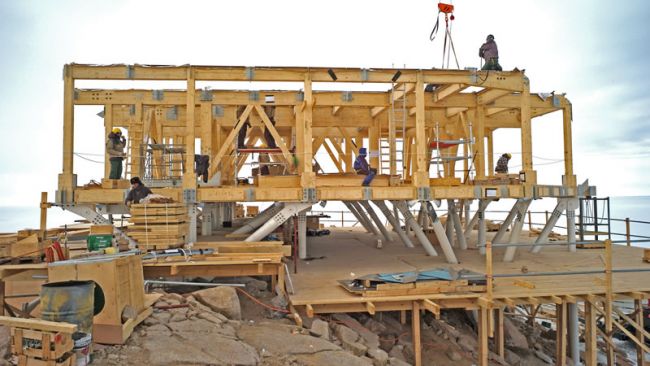
Wood Structure
The Princess Elisabeth Station was conceived as a post and beam structure. So, after the anchoring was put in place, the various wooden posts and beams were erected on the metal structure. Next, these beams would welcome the various panels that constitute the outer structure of Princess Elisabeth Antarctica.
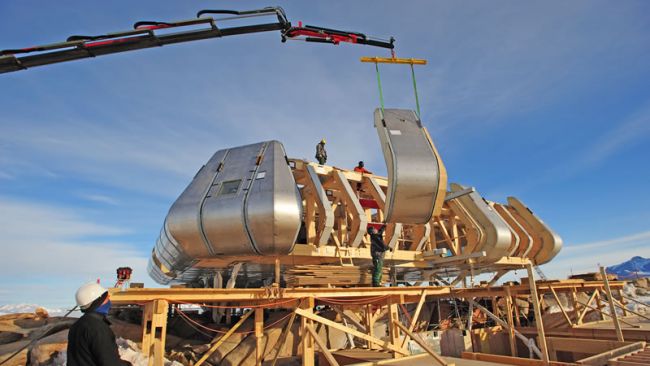
Wall Modules
Every wall module consists of nine layers of aluminium, wood, woollen felt, insulation layers and kraft paper. This special composition allows for minimal energy loss from the station, while making the building air and water tight.
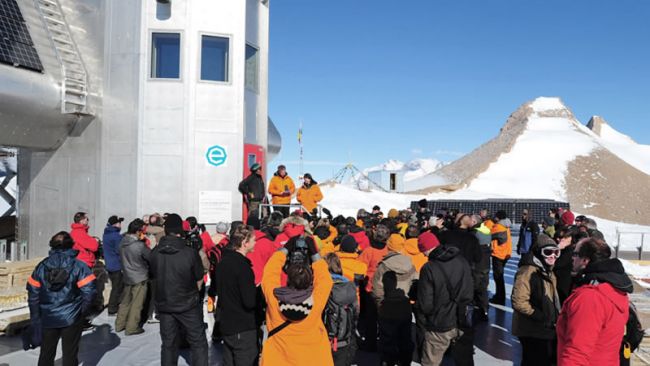
BELARE 2008: Systems Integration and Inauguration
Along with the solar panels and the electric circuitry, the team installed the water treatment solutions that would allow the station to become the first “zero emission” station ever built.
On February 15th, 2009 and in line with the end of the 4th International Polar Year, the Princess Elisabeth Station was inaugurated on Utsteinen Nunatak in Antarctica. A celebration of the 4th IPY, Princess Elisabeth Antarctica is Belgium's major legacy to the event and a fitting successor to the King Baudouin Base.
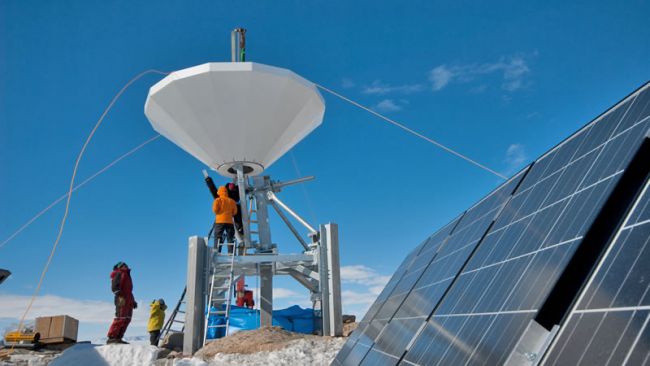
BELARE 2009: Satellite Dish and Fuel Platform
In 2009, a fuel platform (storage of fuel for vehicles) and a satellite dish were added to the structure of Princess Elisabeth Antarctica.
Thanks to the construction of a satellite antenna and IPF partner SES Astra, the Princess Elisabeth Station provides broadband internet to the scientists and the team in Antarctica. While making it possible to pilot the station's smart grid from Belgium in the winter months, the internet link also allows the scientists to feed the collected data into the various databases in real time.